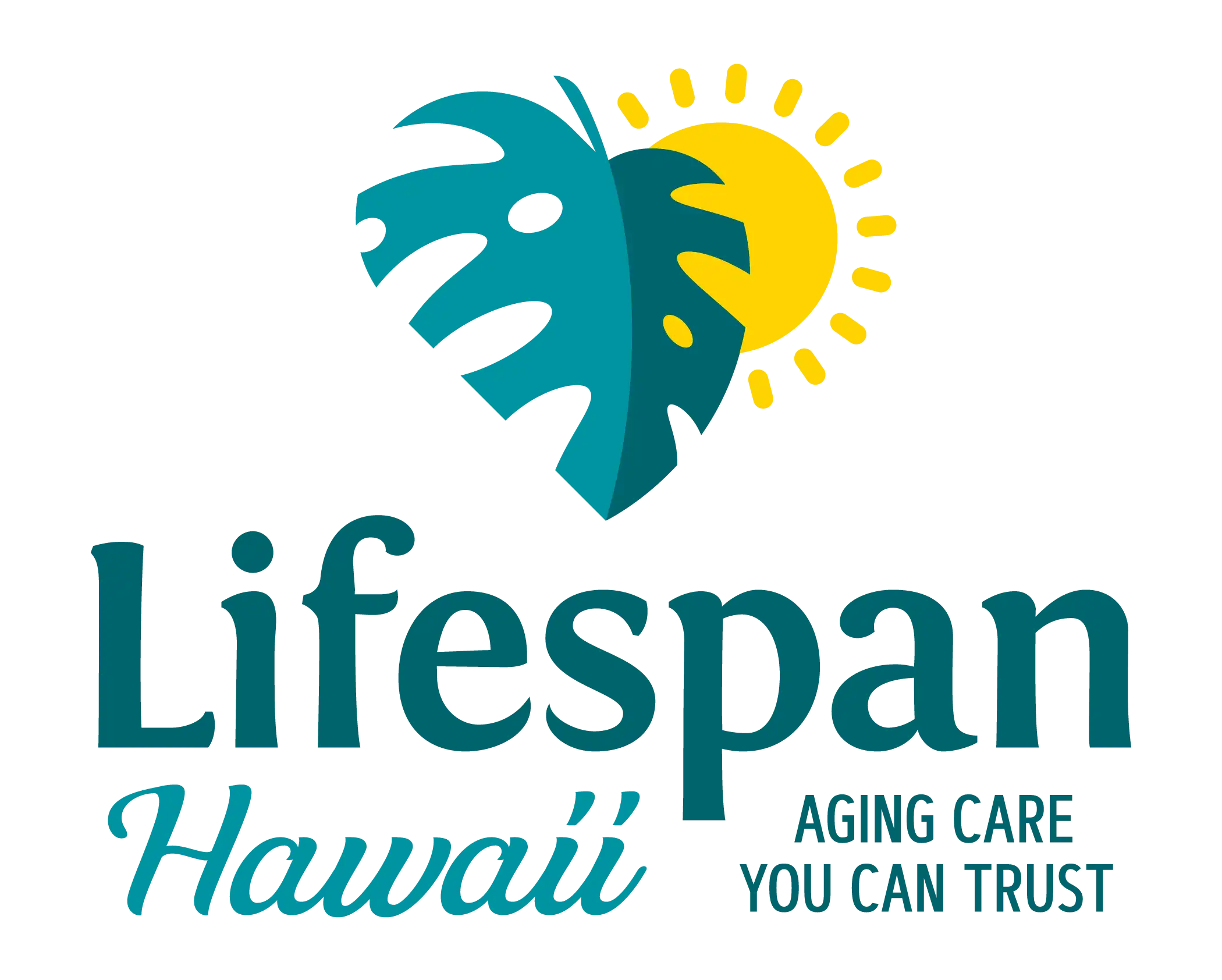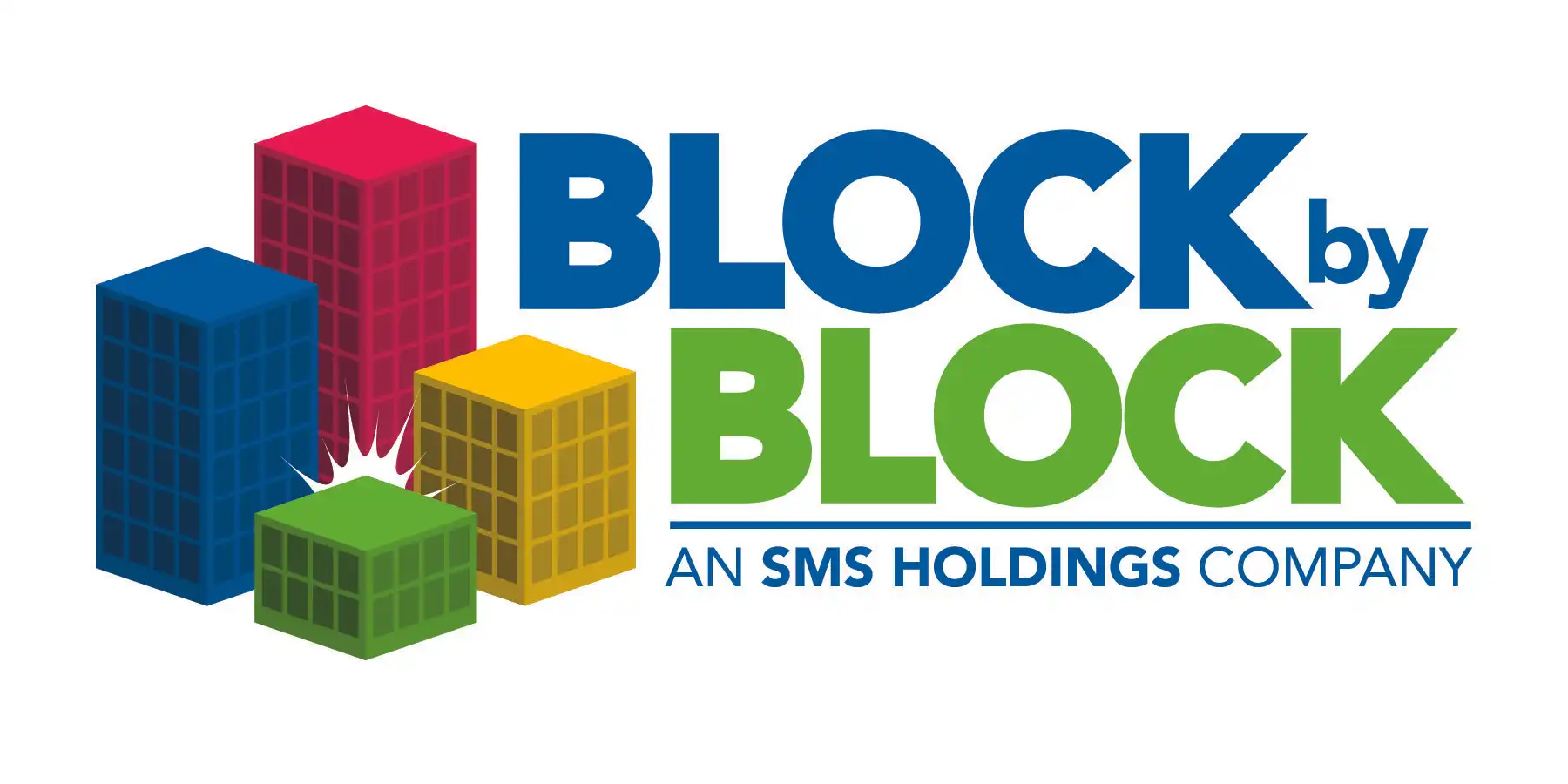Food Establishments to Receive Color-Coded Placards
Green may turn out to be golden for food establishments when it comes to a new state policy for health inspections.
The state Department of Health has begun posting of new color-coded placards at the more than 10,000 establishments across Hawaii that prepare or serve food.
The placards of either green, yellow or red will indicate the establishment’s compliance with food safety rules.
“Hawaii consumers will have more peace of mind about being protected from foodborne illnesses and other health hazards when they’re eating out this summer,” Gary Gill, deputy director of environmental healt, said in a press release.
“The new food safety rules let consumers know which food establishments have violations and may cause some to think twice about eating at locations where concerns are not being addressed,” Gill said.
Adopted from a system in California’s Sacramento County, the green placards will indicate no more than one critical violation that must be corrected at the time of the inspection, yellow for those with two or more critical violations and red for establishments that need to be immediately closed because they pose an imminent health hazard to the community.
The inspections, followed by placement of placards, began Monday for Oahu’s 6,000 food businesses.
Health department spokeswoman Janice Okubo said the inspections are scheduled to begin on the Big Island in early August.
There are eight DOH inspectors located on the Big Island for roughly 1,800 food establishments.
Okubo said an inspector can typically complete two or three inspections each day, which means all of the island could be completed within three months.
She said department personnel are currently visiting every food establishment to provide a packet of informational materials about the new program.
Okubo said the placards will be issued immediately after an unannounced inspection.
All Hawaii food establishments are placed in one of three risk categories depending on the type of business.
Category 1 or full-service establishments will receive three inspections a year. Category 2 establishments, which typically include fast-food restaurants, will be inspected twice a year. Category 3 business such as ice cream shops will be inspected annually.
The health department is also increasing its ranks of inspectors.
On Oahu, there are currently 25 inspectors in the field, with six more to be hired this summer. The four on Maui will be doubled this year for that island’s 1,600 establishments, and there are three for the 690 food businesses on Kauai.
The new “Food Safety Code” signed into law in February by Gov. Neil Abercrombie, includes built-in incentives for self-policing by food facilities.
“The resulting increased efficiency will free up our inspectors to devote more time to conduct inspections of all of our facilities, and less time on follow-up with the same establishments that do not address their violations in a timely manner,” Peter Oshiro, environmental health program manager in the DOH’s Sanitation, Food and Drug and Vector Control Branch, said in a statement.
Health officials said the inspectors currently spend 60% of their time on follow-up inspections.
Fees paid by food establishments have also risen — from an average of $46 to $200 — to help pay for additional inspectors and internet-based enhancements including listing of inspection results.
The fees will now range from $100 for a mobile hot dog cart to $600 for a hotel main kitchen.
Editor’s Note: See Hawaii Vendors Set for Food Safety Shake-Up from Sept. 14, 2012 for Big Island Now’s early coverage of the new food-safety program.










